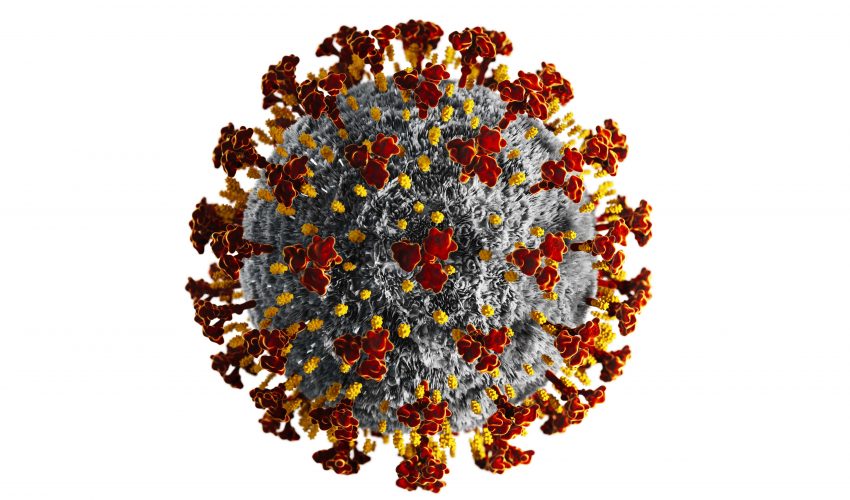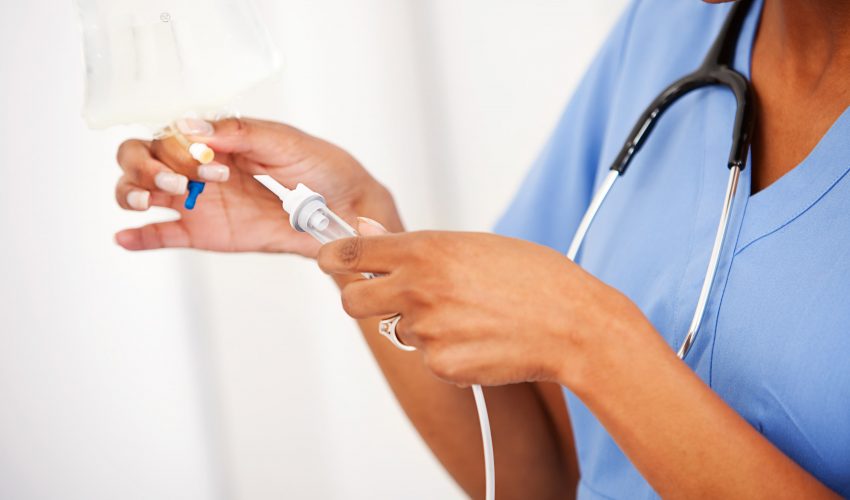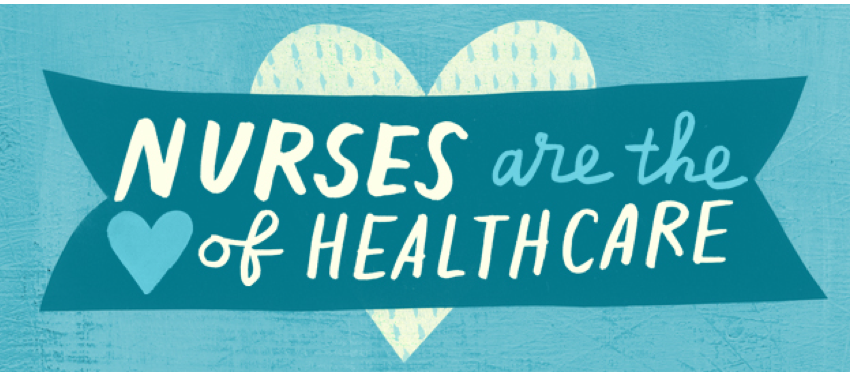Post Views: 3,655
ViewsMeta Analysis for Identifying Patients who are at High Risk for Medication Misuse
By Dr. Jennifer Martin DNP, APRN-CNP
There is an important need for a screening tool that will help identify patients at risk for medication abuse who are being prescribed opioids. The use of opioids for treating chronic pain has been growing and being used more often (Butler, Fernandez, Benoit, Budman & Jamison, 2008). Providers are prescribing opioid medication without knowing a patient’s level of risk for medication abuse. Opioids are very effective in treating chronic pain, but more providers are becoming more apprehensive to prescribe them because of over tolerance, dependence and addiction (Butler, Fernandez, Benoit, Budman & Jamison, 2008). The Screener and Opioid Assessment for Patients with Pain-Revised (SOAPP-R) is a 24-question questionnaire that the patient fills out. It is designed to help the provider identify aberrant behavior for patients suffering from chronic pain. This screening tool was developed to be used along with the provider’s current assessment and to help improve the provider’s ability to identify medication misuse (Butler, Budman, Fernandez, Fancuillo & Jamison, 2010). This screening tool can be used in a pain management setting when you are considering prescribing opioids for chronic pain treatment.
Lack of Training
Many of the providers that are prescribing opioids have barely any training in addiction or aberrant behavior (Jamison, Link, & Marceau, 2009). Without training or proper screening patients are being prescribed medication that leads to addiction and overdose. 5.1 million people who are over the age of 12 have used opioids for a non-medical reason. Two million of these are first time users (Substance abuse and mental health services administration, 2011). A clinician who needs to prescribe opioids must implement an evaluation of risk associated with the fact that the patient may abuse the medication. According to the Centers for Disease Control there is a growing concern for the abuse of prescription drugs. Three out of four overdoses are from patients that have been prescribed opioids (Center for Disease Control, 2013). The clinical practice problem is that there is a need for a screening tool to help providers identify patients who are at risk for medication misuse and may require increased monitoring. The use of the SOAPP-R is just one example of a tool that can be implemented to help the provider identify the high-risk patient and adjust the patient’s level of monitoring based on the score.
SOAPP-R Validity
The SOAPP-R has good validity, as evidenced by, a confidence interval of 95%. The positive score of 18 or higher shows good sensitivity (0.86) and specificity (0.73) for predicting the misuse of prescription opioids (Edwards, Wasan, Michna, Greenbaum, Ross & Jamison, 2011). This means that the SOAPP-R can identify high-risk patients better than low-risk patients. A score higher than 18 will identify 81% of patients who are considered high-risk. The desired outcome of this study is to anticipate that the SOAPP-R will identify patients who are at high risk for medication misuse and this will alert the provider that a change in patient monitoring or medication may be warranted.
Summative Evaluation
Statistical analysis was done using SPSS (Statistical Package for Social Sciences). This package was published in 2000 to provide easy steps for data processing (Pallant, 2013). The project change included a sample size of 606 participants (N=606). The SOAPP-R analysis deals with a positive and negative score where 0-17 is negative and 18 or more is a positive score. The SOAPP-R prediction indicated that 412 were negative (68%) and 194 were positive (32%).
Chi-square analysis examines whether there were differences in the proportions of positive and negative patients in each age group. The results were statistically significant indicating a difference among the age groups in terms of the proportion of positive and negative patients indicated by x2 = 1.68, df = 4, p = .03. The SOAPP-R was important in revealing the top predictors that make patients high risk for medication misuse. The top ten things that scored the highest on the SOAPP-R are 1) feel the need for higher doses of medication, 2) feeling judged by other people, 3) feeling bored, 4) feeling impatient with your doctor, 5) tension in the home, 6) things are too overwhelming and you just cannot handle them, 7) close friends having problems with alcohol or drugs, 8) mood swings, 9) worried about being left alone, and 10) others told you that you have a bad temper.
The outcome of the project change was to prove that the SOAPP-R screening helped the provider determine if a patient is high-risk for medication misuse. It was determined that by using the SOAPP-R 32% of the 606 participants were considered high-risk. 100 patient charts were reviewed using the clinics current screening process and it was determined that 32% were considered high-risk. . The use of the SOAPP-R and a clinics current screening process combined can be useful to any provider who is trying to determine a patients level of risk before prescribing opioid medication.
Summary
The intent of this study was to implement the SOAPP-R into a rural pain clinic to see if it identified high-risk patients who are at risk for medication abuse better than the clinics current screening process. The SOAPP-R showed some promising results as it identified 32% of the sample population as being high-risk for aberrant behavior, which can lead to medication misuse. When the SOAPP-R yielded a 32% that was the same percentage that the clinic was identifying before the implementation of the SOAPP-R. The age group that scores the highest for aberrant behavior is 50-59. The SOAPP-R produced the top aberrant behavior that can lead to medication misuse. This means that the SOAPP-R along with the clinics current screening process proved to be beneficial when using them together. The SOAPP-R was beneficial to all types of pain as none were excluded from the study. The SOAPP-R can be beneficial to all providers because it can make them more aware of who might be at risk for abusing their medications.
By Dr. Jennifer Martin DNP, APRN-CNP
References
- Butler, S.F., Fernandez, K., Benoit, C., Budman, S.H., & Jamison, R.N. (2008). Validation of the revised screener and opioid assessment for patients with pain (SOAPP-R). Journal of Pain, 9(4), 360-372. doi: 10.1016/j.jpain.2007.11.041.
- Butler, S.F., Budman, S.H., Fernandez, K.C., Fanciullo, G.J., & Jamison, R.N. (2010). Cross validation of the screener and opioid assessment for patients with pain (SOAPP-R). Journal of Addiction Medicine, 3(2), 66-73. doi: 10.1097/ADM.0b013e31818e41da.
- Jamison, R.N., Link, C.L., & Marceau, L.D. (2009). Do pain patients at high risk for substance misuse experience more pain? A longitudinal outcomes study. American Academy of Pain Medicine, 10(6), 1084-1094. doi: 10.1111/j.1526-4637.2009.00679.x.
- Substance Abuse and Mental Health Services Administation. (2011). Results from the 2010 National Survey on Drug Use and Health: Summary of National Findings. Retrieved from: https://nsduhweb.rti.org/respweb/State_Estimates.html.
- Centers for Disease Control. (2013). Policy Impact: Prescription painkiller overdoses. Retrieved from www.cdc.gov/homeandrecrealtionalsafety/rxbrief/.
- Gaskin, D.J. & Richard, P. (2012). The economic costs of pain in the United States. Journal of Pain, 13(8), 715-724.
- Edwards, R.R., Wasan, A.D., Michna, E., Greenbaum, S., Ross, E. & Jamison, R.N. (2011). Elevated pain sensitivity in chronic pain patients at risk for opioid misuse. Journal of Pain, 12(9), 953-963. doi: 10.1016/j.jpain.2011.02.357.
- Greaves, C. (1999). Patients’ perceptions of bedside handover. Nurse Stand, 14(12), 32-35. Retrieved from http://search.proquest.com.proxy.chamberlain.edu:8080/docview/2198209
- U.S. Food and Drug Administration Evaluation and Research, Center for Biologics Evaluation and Research. Retrieved from www.fda.gov/downloads/regulatoryinformation/guidance/UCM126830.p17?accountid=147674.
- Schein, E.H. (1995). Kurt lewin’s change theory in the field and in the classroom: note towards a model of management learning. Systems Practice,9. Retrieved from http://www.nursing-informatics.com/N4111/schein-lewin.pdf.
- Moore, T.M., Jones, T., Browder, J.H., Daffron, S., & Passik, S.D. (2009). A comparison of common screening methods for predicting aberrant drug related behavior among patients receiving opioids for chronic pain management. American Academy of Pain Medicine, 10(8), 1426-1433. doi: 10.1111/j.1526-4637.2009.00743.x.
- Koyyalagunta, D., Bruera, E., Aigner, C., Nusrat, H., Driver, L., & Novy, D. (2013). Risk stratification of opioid misuse among patients with cancer pain using the SOAPP-SF. Pain Medicine, 14, 667-675.
- Poe, S. S., & White, K. M. (2010). Johns Hopkins nursing evidence-based practice: Implementation and translation. Indianapolis, IN: STTI.
- Pallant, J. (2013). SPSS. Survival manual. Berkshire, England. McGraw-Hill Education.
- Pain Week. (2015). Call for poster abstracts. Retrieved from http://conference.painweek.org/scientificposters/call-for-poster-abstracts.
One comment on “Meta Analysis for Identifying Patients who are at High Risk for Medication Misuse”
Leave a Reply
Meta Analysis for Identifying Patients who are at High Risk for Medication Misuse
By nurseadvisorofficial
There is an important need for a screening tool that will help identify patients at risk for medication abuse who are being prescribed opioids. Keep reading to learn more.














BE CAREFUL of crypto platforms promising huge returns. They lure people into fake programs. I lost 198,450 USD last year. While researching on how to recover my funds, I came across several recommendations on the Bitcoin Abuse Forum about HACKERSTEVE. I contacted him via his email on hackersteve911@gmail.com | https//hackersteve.great-site.net/, and he helped me recover all my funds. If you’ve also been a victim of financial scams, don’t hesitate to get in touch with him.